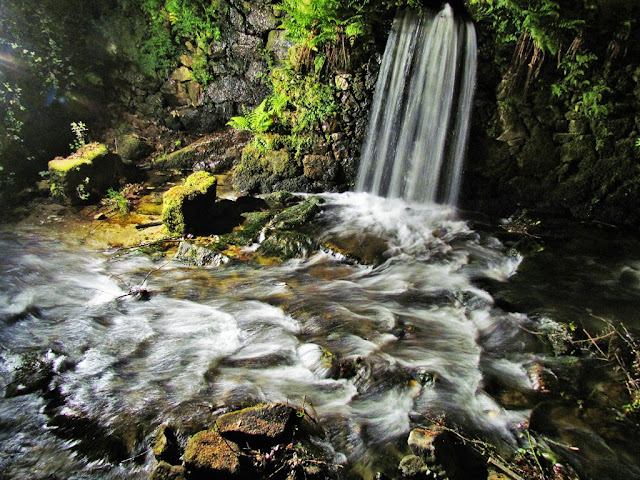CELORICO DE BASTO
GPS N 41º 23' 25''; W 8º 0' 21''
Celorico de Basto is a Portuguese village located in the sub-region of Tâmega and Sousa, belonging to the North region and the district of Braga.
It is the seat of the Municipality of Celorico de Basto, which has a total area of 181.07 km2, 17,643 inhabitants in 2021 and a population density of 97 inhabitants per km2, subdivided into 15 parishes[3]. The municipality is limited to the north by Cabeceiras de Basto, to the east by Mondim de Basto, to the south by Amarante, to the southwest by Felgueiras and to the west by Fafe. It houses the villages of Celorico de Basto, Fermil de Basto and Gandarela de Basto.
The highest point in the municipality is in Viso, at an altitude of 851 meters. In this place we can find a chapel, dedicated to Nossa Senhora do Viso.
Celorico de Basto will have been occupied since very remote times, as witnessed by the marks that the oldest civilizations left here.
Origins
The oldest traces of settlement in the current geographic space of the municipality of Celorico de Basto, revealed by recent prospecting and occasional intervention in archaeological contexts, are attributable to the beginning of megalithism, therefore to the Middle Neolithic (5,510 B.P.). For this period, the large set of tumulus on the Planalto da Lameira can be pointed out. The large set of pit habitats can generally point to the Bronze Age period. From the Iron Age, the village of Bouça de Mosqueiros, in Britelo, Castro do Ladário, in Ribas, Castro de Barrega, in Borba and Castro de Ourilhe and others of lesser importance stand out. Romanization is very evident in Celorico de Basto and the marks of this period can be found all over the municipality.
The benign climate, abundance of pastures, good water flowing from the springs and the top of a hill where an enemy could be spotted, were favorable conditions for primitive men to settle in these lands, when they began to exchange the nomadic life for the sedentary one.
The Citânia do Ladário, the stele of Vila Boa in the parish of Rego, the Castle of Arnóia and its surroundings, the numerous archaeological remains on the Planalto da Lameira, the remains of castros in various parishes, represent a solid argument to demonstrate that this land was inhabited thousands of years.
The municipality of Celorico de Basto is divided into 15 parishes:
Agilde
Arnoia
Borba de Montanha
Britelo, Gémeos e Ourilhe (Celorico de Basto)
Caçarilhe e Infesta
Canedo de Basto e Corgo
Carvalho e Basto (Santa Tecla)
Codeçoso
Fervença
Moreira do Castelo
Rego
Ribas
São Clemente de Basto
Vale de Bouro
Veade, Gagos e Molares


































































